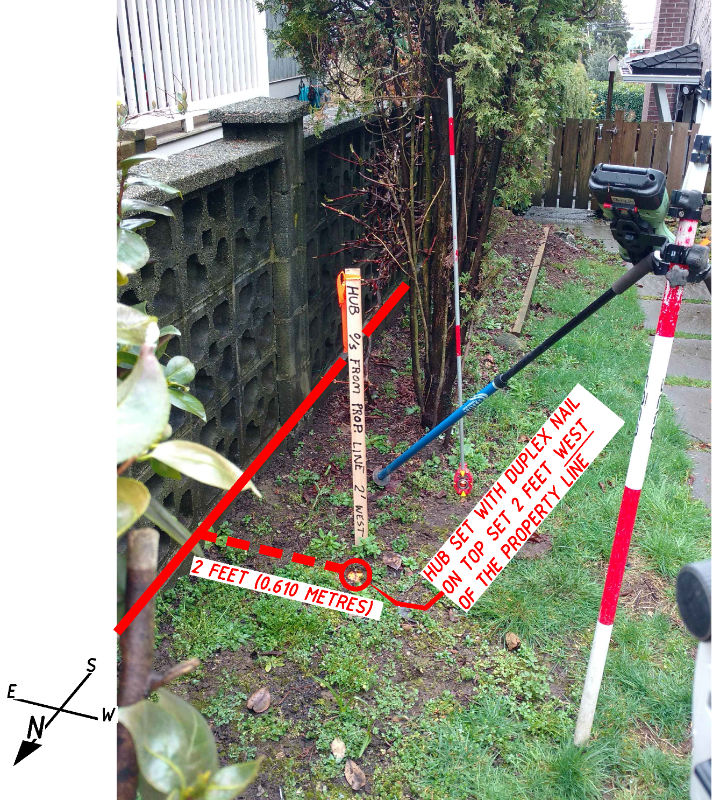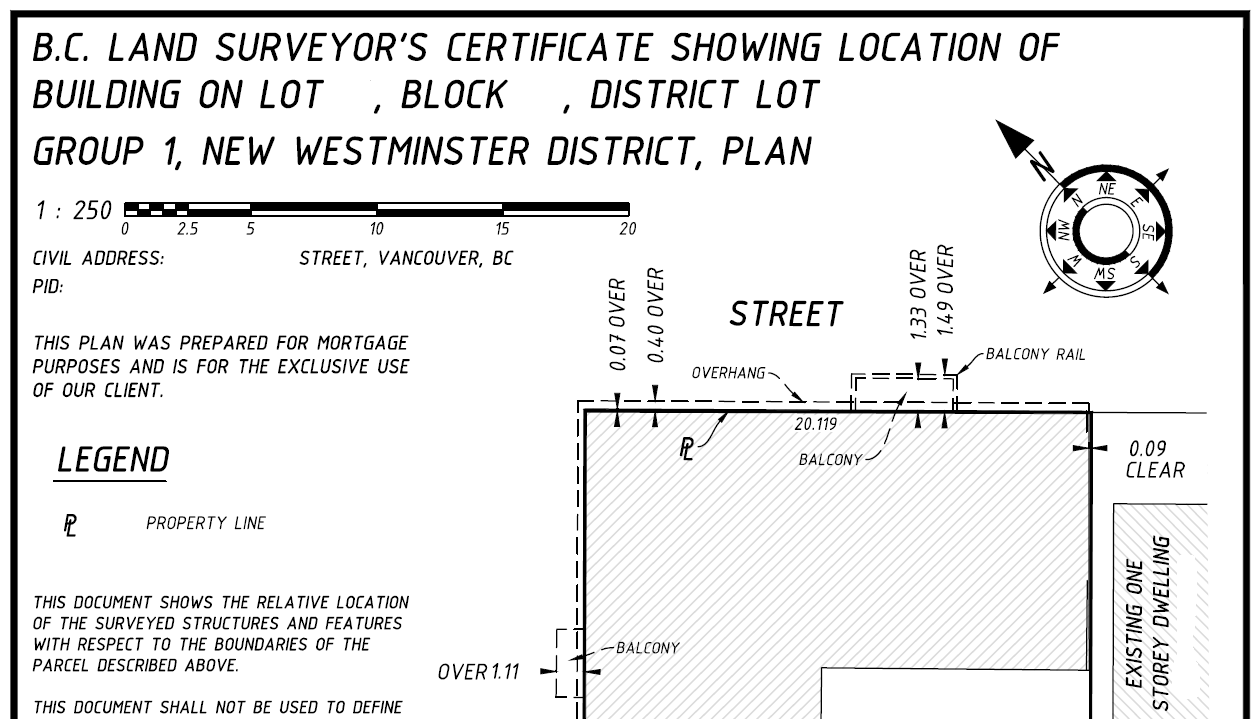LEGAL SURVEYS

Subdivision / Consolidation Plans
Subdividing or consolidating land is governed by specific regulations and standards to ensure orderly development and land use. At 360 Land Surveying Ltd, we specialize in creating Subdivision and Consolidation Plans that meet the rigorous requirements set forth by BC land authorities.
Our experienced team navigates the complex legal and technical aspects of land division and amalgamation, ensuring your project complies with local zoning bylaws, the Land Title Act, and other relevant regulations. We provide detailed, accurate plans that facilitate the approval process, whether you’re aiming to maximize land use, develop residential properties, or reconfigure commercial parcels.


Property Line Surveys
Property line surveys are a vital service for anyone involved in property development, transactions, or disputes. Our meticulous approach ensures precise determination and marking of property boundaries, providing clarity and legal certainty for landowners, developers, and financial institutions.
In most cases, there are two types of posts that are placed: iron posts (see photo to the left) and lead plugs.
POSTING PLAN
Every time a legal boundary marker is set or restored, BCLS must file a Posting Plan in the Land Title and Survey Authority (LTSA). To the left you can see what information is shown on a typical Posting Plan. This document represents a survey and is a public record of the survey.
NOTE that this plan DOES NOT show improvements such as fences, retaining walls, sheds or other structures. The Posting Plan is completed to mark the property line.

BCLS’s CERTIFICATE OF LOCATION
This type of survey is often prepared for mortgage purposes. Lending institutions need to ensure that the property they are mortgaging is not encroaching on neighbouring properties.
This type of survey could answer the questions that a Posting Plan can not.
- Is my neighbour’s shed encroaching on my property?
- Is this tree on my property?
Posting Plan surveys show posts set in the ground, which show where the property lines are. This may leave a land owner still unclear which side of the property something is on, which is when a Certificate of Location may be useful.